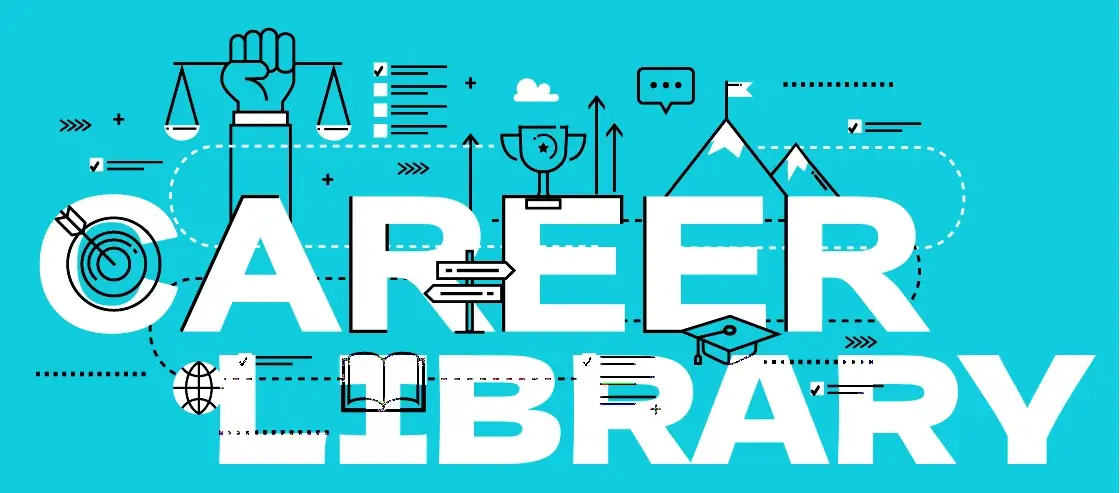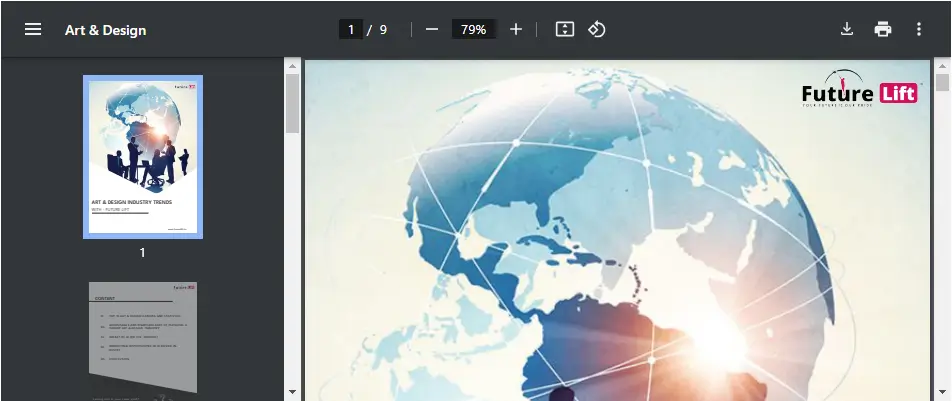
- Summary
- Opportunities
- Career Pathway
- Skills and Qualities
- Occupational Profiles
- Leading Institute
- Abroad Institute
- Entrance Exam
- Industry Trends
- Pros & Cons of a Career
Know what is best for you!
Take world class Assessment test Take world class Assessment test
Teacher
 Summary
Summary
A ‘Teacher’ is a person who delivers an educational program, assesses student participation in an educational program and /or administers or provides consistent and substantial leadership to an educational program. The teacher is a second parent who thinks good for our future and helps us to make decisions that are right for us. It is a job title that teaches specific, certified and specialised subjects in schools or institutions. Moreover, being a teacher is a paid job and profession, it requires a certain level of qualification, training and experience. They focus on studies, curriculums, syllabi, assessments and exams.

 Career Opportunities
Career Opportunities
Responsible for teaching students from ages five to twelve.
Help children to learn basic developmental skills such as understanding of numbers, shapes, colours and letters.
Deliver lessons to students from class 9 to 10+2.Identify strengths, weaknesses, and abilities of their students and therefore tailor their teaching techniques in this aspect.
Responsible for educating and training students with physical, mental and learning disabilities.
Teach at colleges and universities
Duties include managing student assignments, supervising laboratories and ensuring the safety of the students and classroom.
Help schools, organisations or individuals develop educational programs, policies and strategies.
Move into school administration roles such as principal,vice-principal or department head.
Supporting the promotion of educational programmes and services for underprivileged and excluded groups
 How to Pursue a Career
How to Pursue a Career
| Stream | Graduation | After Graduation | After Post Graduation | |
|---|---|---|---|---|
|
path 1
|
Science | B.Sc, B.Ed | M.Sc, M.Ed | NIL |
|
path 2
|
Arts | B.A, B.Ed | M.A, M.Ed | NIL |
|
path 3
|
Commerce | B.Com, B.Ed | M.Com, M.Ed | NIL |
 Skills and Qualities
Skills and Qualities
- Passion: Passion and interest in what one is learning can be transferred to students and this will lead to active participation in learning.
- Adaptability: Capable of switching between the different conditions like they can be interrupted at some point or certain curricula can be altered and meet their student needs.
- Empathy: They should be in a position to relate and respond to their student’s feelings and issues wisely for them to be able to sort out their issues in classes.
- Critical Thinking Skill: Excellent critical thinking; able to evaluate the needs of students while promoting the goals and objectives of the institution.
- Patience: Essential for managing classroom behaviour, handling difficult students and providing individualised support.
- Communication skills: Must be able to articulate complex ideas, listen actively and communicate clearly with students, parents and colleagues.
- Creative thinking abilities: Create creative and captivating lessons that seize students' attention and encourage active engagement.
- Organisational skills: To be effective, teachers must be able to manage their study materials and students' assignments.
- Capacity for teamwork: Often work in teams with colleagues and must be able to collaborate effectively to share resources, ideas and best practices.
 Occupational Profile
Occupational Profile
- Teaching and Instructions: Creating and executing lesson plans, conveying information to students, and evaluating their development.
- Assessment and evaluation: Evaluate student development and understanding through quizzes, tests and projects and provide feedback for improvement.
- Classroom management: To maintain a fruitful and dutiful environment, a teacher needs to have good classroom management skills.
- Communication: Engage with students, parents, and colleagues to create a collaborative atmosphere in education.
- Professional Development: Continually improving their knowledge and skills is essential to stay updated with the latest practices and curriculum changes.
- Lesson planning: Develop and organise lessons in alignment with curriculum requirements and educational benchmarks.
- Curriculum development: Incorporate educational technology and creative teaching strategies in curriculum development.
- Support and guidance: Offer assistance to students academically and personally through tutoring, mentorship, and counselling.
 Leading Institute
Leading Institute
| University | Location | Website |
|---|---|---|
| National Council of Educational Research and Training(NCERT) | Sri Aurobindo Marg, New Delhi, Delhi 110016 | |
| National Institute of Educational Planning and Administration(NIPEA) | 17-B , Sri Aurobindo Marg, opp Adchini, New Delhi, Delhi 110016 | |
| Tata Institute of Social Sciences (TISS) | V.N. Purav Marg, Deonar, Mumbai, Maharashtra- 400088 | |
| Jamia Millia Islamia- faculty of education | Jamia Nagar, Okhla, New Delhi 110025 | |
| Banaras Hindu University- faculty of education | Aurobindo Colony, Banaras Hindu University Campus, Varanasi, Uttar Pradesh 221005 |
 Abroad Institute
Abroad Institute
| College | Location | Website |
|---|---|---|
| Harvard Graduate School of Education | 13 Appian Way, Cambridge, MA 02138, USA | |
| Stanford Graduate School of Education | 485 Lasuen Mall, Stanford, CA | |
| Teachers College, Columbia University | 525 West 120th Street, New York, NY 10027, USA | |
| University of Cambridge - Faculty of Education | 184 Hills Road, Cambridge CB2 8PQ, UK | |
| University of Oxford - Department of Education | 15 Norham Gardens, Oxford OX2 6PY, UK |
 Entrance Exam
Entrance Exam
| Exams | Tentative Date | Important Elements | Website |
|---|---|---|---|
| NET(National Eligibility Test) | June | Paper I- General Paper on Teaching and Research Aptitude Paper II- Subject-specific Paper based on the candidate’s chosen subjec | |
| CSIR UGC NET | June | Chemical Sciences, Earth Science, Life Sciences, Mathematical Sciences and Physical Sciences | |
| KVS | August | MCQ on subjects related to respective Teaching Positions(post of Primary Teacher |
 Pros & Cons of a Career
Pros & Cons of a Career
Pros:
- Opportunity to make a positive impact on student lives, shaping minds and helping them to grow into responsible and successful individuals.
- Stable profession with a high demand for qualified educators.
- Dynamic profession with each day new challenges and opportunities to adapt and grow
- Students' progress can be incredibly fulfilling, providing a sense of accomplishment and satisfaction.
- Flexible scheduling allows for a better work-life balance.
- Requires continuous learning which can lead to personal growth and development.
- Teachers can specialise in specific subjects, age groups or teaching methods, allowing for a tailored approach to their work.
- Provide opportunities to build strong relationships with colleagues, students, parents and social connections.
Cons:
- High-stress profession with heavy workloads, tight deadlines and pressure to meet academic needs.
- Often work long hours, including evenings and weekends to prepare grade assignments, and attend meetings.
- May have limited control over their curriculum, teaching methods and classroom environment.
- May face limited resources such as outdated materials, and inadequate technology.
- May face high expectations from parents which can be stressful and challenging to meet.
- Managing a classroom can be difficult, especially with large classes, diverse student needs and behavioural challenges.
- Career advancement opportunities may be limited in certain school districts or subject areas.
- Grading and assessing student performance can be time-consuming and subjective leading to stress and frustration.
 Industry Trends
Industry Trends
- Distance Education: Learning can take place remotely, regardless of location online.
- Personalised Learning: All about customized education to individual student’s needs, interests and learning styles.
- Gamification: The process of applying interactive game-like components to teaching, which benefits students by boosting motivation, making learning more fun etc.
- Artificial intelligence: It is used in education to personalise learning, provide real-time review and improve student outcomes.
- Augmented reality: Used in education to create fascinating and reciprocating learning experiences.
- Social-emotional learning: Process of developing skills such as self-awareness, self-regulation and rapport.
- Blended learning: Use of both face-to-face and e-learning training methods, to enrich learning opportunities.
- Microlearning: Bite-sized learning was born to offer clear and concise content to learners.
- Blockchain: This technology is being explored in education as a way to secure student data and provide a transparent and efficient way to track students' progress.
- Technology integration: Continued integration of technology into classrooms, with a focus on online learning, educational apps and interactive tools.
 View PDF
View PDF



